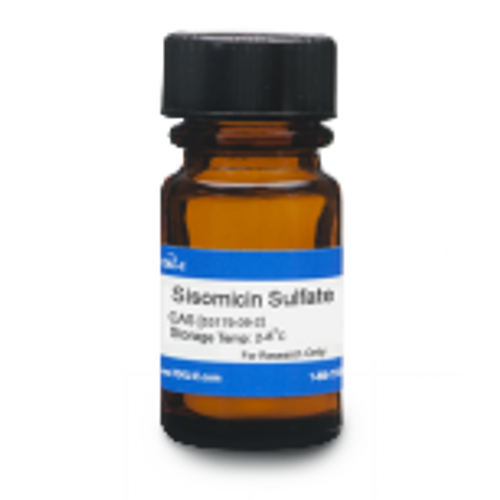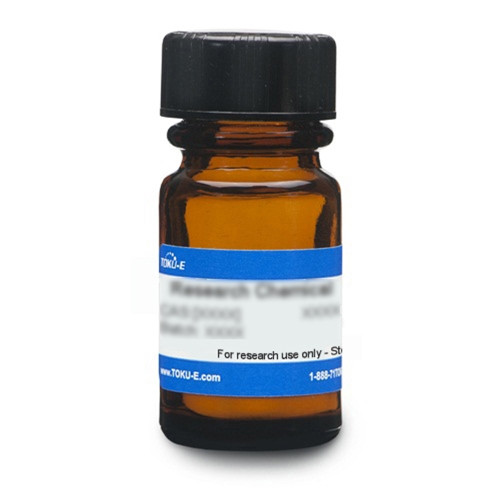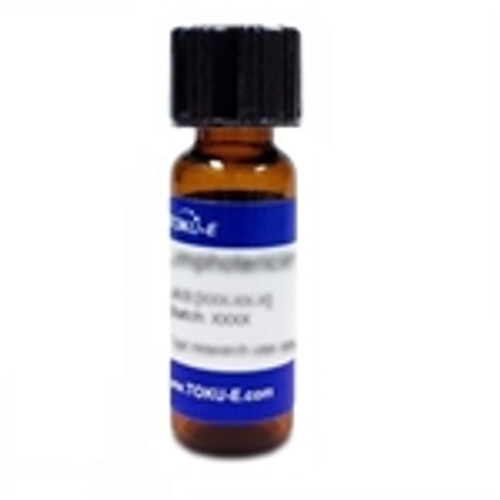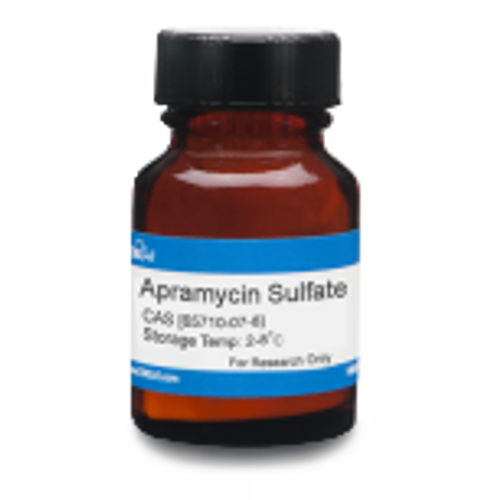Sisomicin sulfate is a soluble broad-spectrum aminoglycoside antibiotic, and a dihydro analog of gentamicin C1a sulfate, Evopure. Sisomicin was first isolated in 1970 from Micromonopora inyoensis, a novel strain at the time, that was obtained from soil samples collected in the Inyo National Forest in California.
Sisomicin sulfate is a bacterial protein synthesis inhibitor that binds to the 30s ribosomal subunit, causing misreading of the mRNA sequence and inhibiting translocation. It is effective against most strains of Klebsiellk spp., Escherichia coli, P. aeruginosa, Enterobacter and Proteus spp.. It is a potential treatment for conjunctiva. Sisomicin has been used in disk and tube dilution sensitivity tests.
Sisomicin is generally more potent than gentamicin, and has show effective antibacterial synergy with beta-lactam antibiotics against a large range of bacteria.
Synonyms: Antibiotic 6640, Extramycin, Mensiso, Pathomycin, Sisomin, Rickamicin Sulfate, Ensamycin, Sch 13475
| Mechanism of Action | Aminoglycosides target the 30S ribosomal subunit resulting in an inability to read mRNA ultimately producing a faulty or nonexistent protein. |
| Spectrum | Sisomicin is a broad spectrum antibiotic which targets a wide range of gram positive and gram negative bacteria. |
| Microbiology Applications | Sisomicin sulfate is commonly used in clinical in vitro microbiological antimicrobial susceptibility tests (panels, discs, and MIC strips) against gram positive and gram negative microbial isolates. Medical microbiologists use AST results to recommend antibiotic treatment options for infected patients. Representative MIC values include:
|
| Molecular Formula | C19H37N5O7 •2.5 H2SO4 |
| References | Davis, Bernard D. "Mechanism of Bactericidal Action of Aminoglycosides."Microbiological Reviews 51.3 (1987): 341-50. |
| MIC | Diplococcus pneumoniae| 3.1 - 6.3|| Haemophilus influenzae| 1.6 - 3.1|| Pseudomonas aeruginosa| 2|| |








